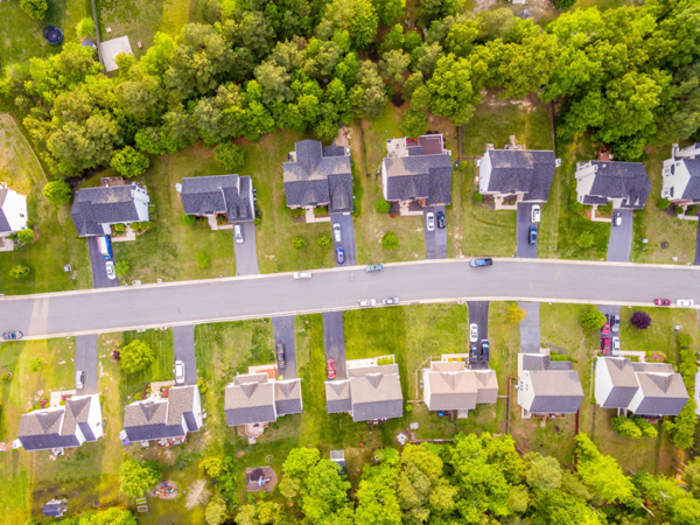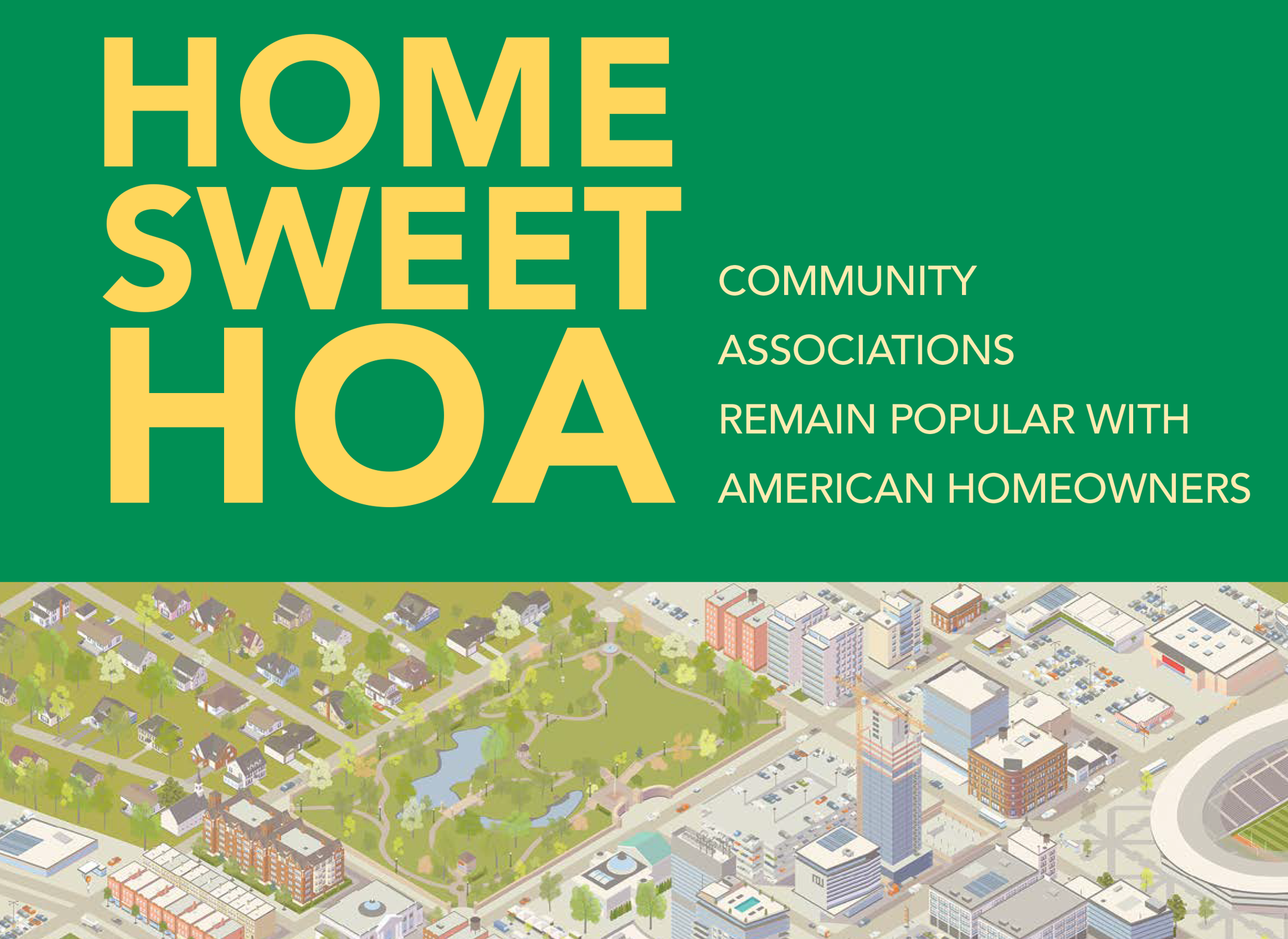Homeowner association documents spell out what’s required and expected of both property owners and the HOA itself. If you’re considering purchasing property in a development, it’s crucial to review these HOA documents beforehand — as much for what they say as what they do not say.
“By buying property in a development,” writes Beth Ross for Nolo.com, “you agree to be a member of the homeowners' or condominium association (the ‘Association’), which runs the development. And you agree to comply with the terms, conditions, and restrictions contained in a set of documents governing the use of the development (the ‘governing documents’). This may govern everything from how much you’ll pay in assessments to whether you can rent out your condo to what color you can paint the exterior. With so much at stake, it’s worth taking the time to actually read what’s in these documents!”
Three Areas
These docs should explain the proper use and maintenance of several different types of areas within the development. These are usually labeled as separate interests (i.e., private areas), common areas, and limited common areas (sometimes called exclusive use common areas), such as a balcony.
Separate interests are individual homes (or units). Common elements (or common areas), discussed in greater detail below, are those areas available to all homeowners and their guests. Limited common areas can include many things, and you should consult your HOA’s docs for how they are to be regulated.
Limited Common Areas
HOA docs should make clear distinctions about the ways in which common and limited common areas are regulated. Specifically: Which areas are considered common — i.e., to be maintained by the HOA or its partners and contractors — and which are considered limited common and therefore are the sole responsibility of the homeowner?
This may seem like a straightforward question at first. But it’s not as clear-cut as that splendid lawn you work so hard to maintain in the summer. For one thing, HOAs can and do exert tremendous pressure on homeowners. They do this in order to compel them to comply with rules and regulations regarding limited common areas.
Here’s a typical example of this in action: HOA docs contain a Declaration of Covenants, Conditions, and Restrictions (CC&Rs), which may dictate what color your front gate can be. You own the house; it’s your property. But you’re still bound by the HOA agreement that you received when purchasing the home.
So if you want to paint your gate yellow and the CC&Rs limits gates to beige or egg-shell white, then you’re going to have to conform.
'Exclusive Areas'
Another example might be your balcony. HOAs can restrict what activities — for example barbecuing — can take place on a balcony. They may also describe what is allowed to be kept on a balcony. They may also tell you whether or not you can fly a flag.
As attorney Kelly G. Richardson writes in The San Diego Union-Tribune, “Many condominiums are bought with the mistaken belief that the exclusive use area, such as, for example, a balcony, is ‘theirs’ and the HOA cannot dictate how it is used. However, the balcony is still common area, and the association can limit how the homeowner uses it. Associations often have rules regarding use of particular exclusive use areas such as balconies or patios. Many noncompliant members may not understand that their use of exclusive use common area is not unlimited.”
And as the good folks at Redfin explain, “When living in a home or condominium that is restricted by CC&Rs, an owner gives up certain freedoms in order to be part of a shared community. For example, most condominium building associations have smoking restrictions, parking and noise level rules, aesthetic guidelines for paint color, height restrictions, and minimum and maximum square footage requirements.”
What Is A ‘Common Element’?
Common elements or common areas are usually defined broadly. They include amenities or spaces available for use by all dues-paying homeowners living in the development. Some examples: park space, pools and beach areas, walking paths, athletic courts and fields, and clubhouses or pavilions.
It’s understood that the HOA itself is responsible for the maintenance and upkeep of these common elements. It’s also understood that homeowners are responsible for the upkeep and maintenance of their individual units. This can include lawns, shrubs, trees, and fences.
Specifics are to be found in your development’s HOA docs and its CC&Rs. These documents should also describe recourses available to homeowners when common areas are not properly maintained by the HOA.
Long story short: When in doubt, consult your HOA docs!
If you have any questions, don’t hesitate to contact Association Management Services. We look forward to speaking with you.





